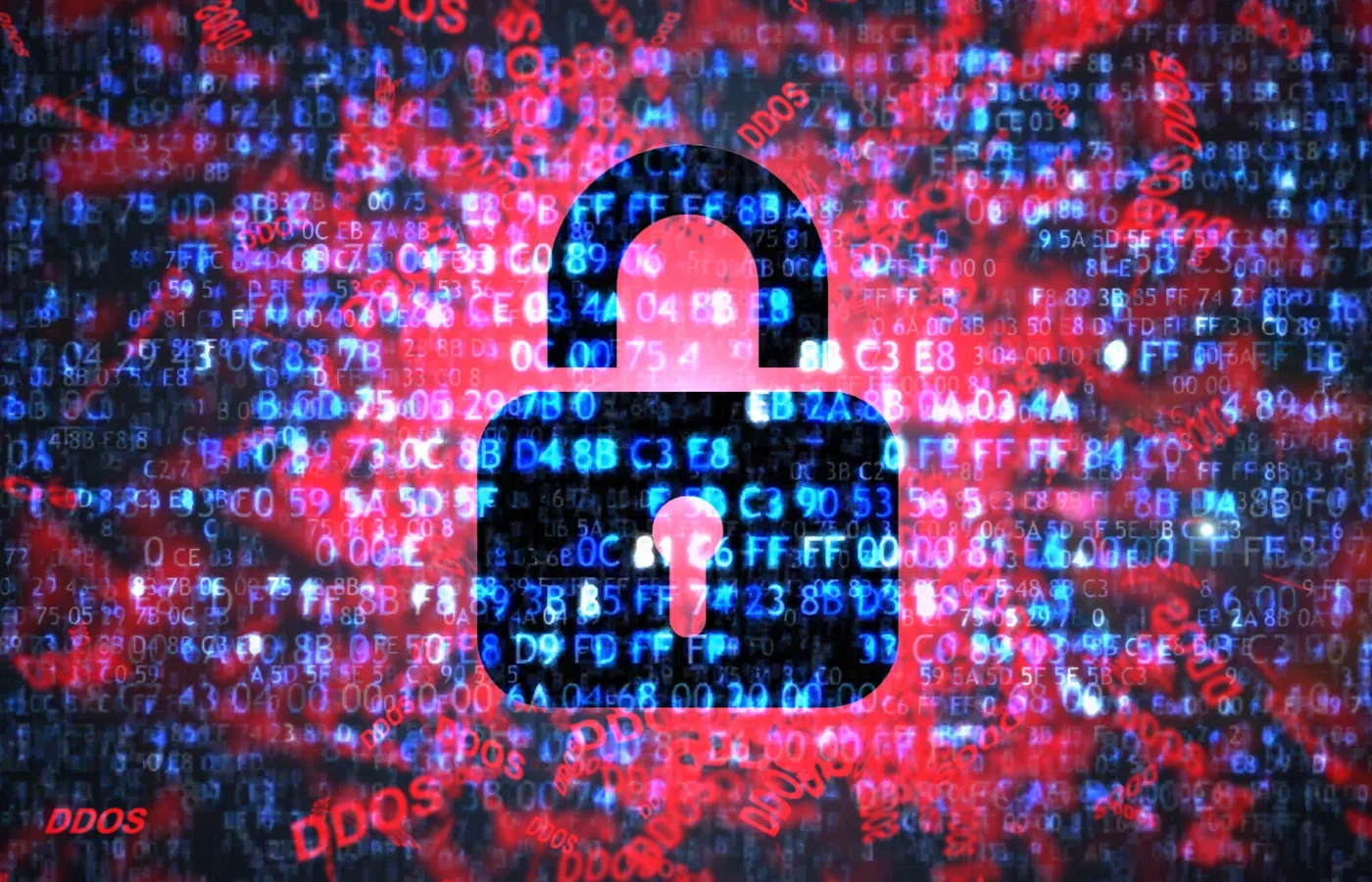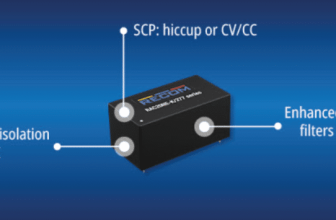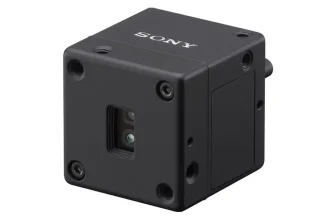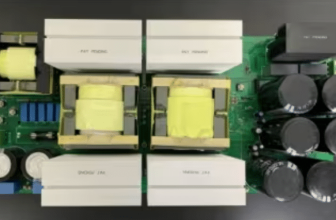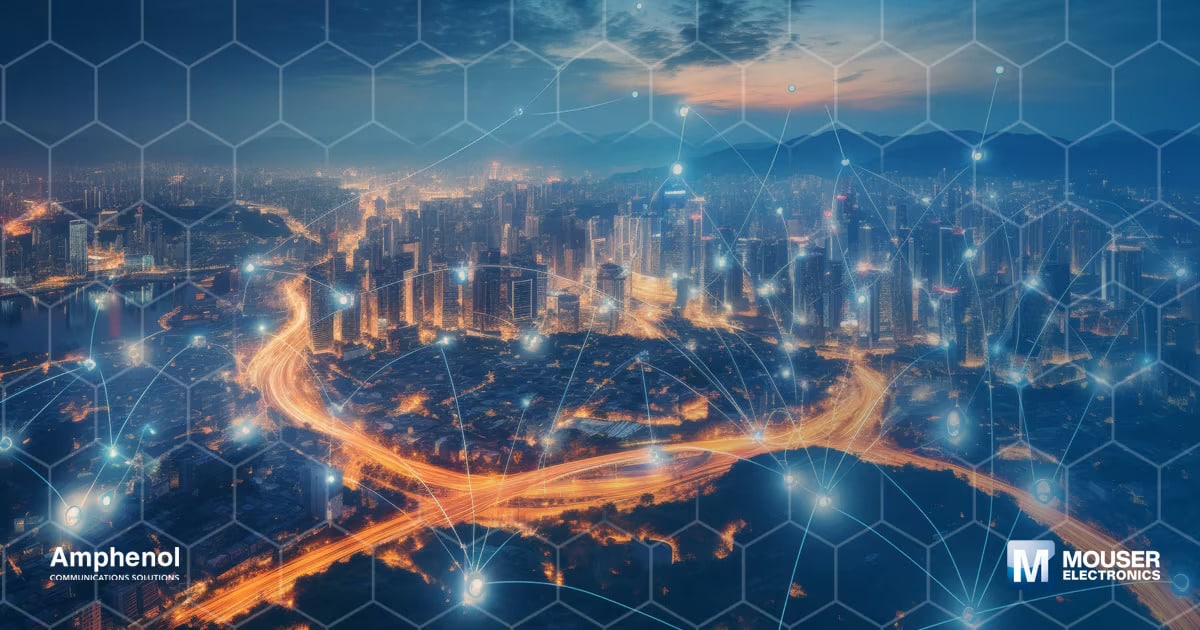
Check out our latest products
We live in an increasingly urban world. The United Nations (UN) estimates that more than 55 percent of us live in an urban environment and predicts that this will grow to nearly 70 percent by the middle of the century. This population growth comes at a time when we as individuals have access to ever-greater technology. We use our phones and computers to interface with our cars, homes, and friends. Despite this connectivity, many of us exist in small digital bubbles, interacting with others only as needed.
However, a trend known as the smart city uses technology to connect and contribute to how the city functions. Our devices collect data combined with information from an array of other sources. Cameras, sensors, and smartphones all supply data to a single, unified model of our urban space. This model is then used to manage the environment in which we live, work, and play.

Defining the Smart City
The explosion in wireless communication availability has provided unprecedented connectivity. The growth of 5G and the accessibility of public Wi-Fi means that we can be online wherever we travel, but this connectivity alone does not create a smart city. The key to the smart city is the Internet of Things (IoT).

IoT links consumers, homes, and service providers, relying on a constant transfer of large volumes of data. This data is collected and shared to create digital twins, which are virtual replicas of real-world systems. While a simple recreation would be of limited use, combining the digital twin with real-time data and artificial intelligence (AI) creates a dynamic simulation that can predict system needs and enhance sustainability measures. In smart cities, these predictions and resulting actions help improve the environment we live in.
Smart Buildings
The concept of the smart building has been around for some time. Whether a home or a business, a smart building uses digital technology to manage its activities. From enhancing the comfort of its users to improving its energy efficiency, the smart building represents a range of systems that share data. However, smart buildings do more than simply manage their own activities within a smart city. Instead, they integrate seamlessly into the urban environment, sharing information with the city. This allows the city to better provide resources, from energy to transportation.
Smart Grid
The way we create and consume energy is changing. Alongside the smart city, the smart grid employs new methods of producing energy, allowing users to take control of their own energy needs. Instead of relying on conventional power distribution, users can now generate power efficiently at a much smaller scale. These small power plants are known as distributed energy resources (DERs), and they use solar, wind, or biomass technologies to provide scalable and responsive alternatives to the traditional power grid.
The smart city uses its integrated technology to ensure power is provided efficiently. Using the real-time data collected from users and employing predictive analytics, smart cities manage the flow of energy. When demand is high, energy is provided to the users at peak times. When energy needs are lower, the smart city allows users to sell their surplus back to the grid. This dynamic energy management, combined with the flexibility provided by alternative energy sources such as DERs, enables the city to optimize its efficiency, keeping costs and pollution low.
Getting Around the Smart City
Cities are renowned for congestion and traffic. Congestion is not only inconvenient but also has a negative impact on the well-being of residents. Traffic contributes to poor air quality, creating noise and stress. The quality of life within the city can be improved if congestion can be reduced, and the smart city can achieve this.
The automotive industry is undergoing significant change. With many manufacturers actively developing autonomous or self-driving cars, the digital environment is already in place for vehicles to collect a huge volume of data from onboard sensors. This information is shared with other road users to create a simulation of the environment around them. This new connectivity is known as vehicle-to-everything (V2X).
V2X road users are connected to the latest 5G wireless communication network and transmit information about their location, road conditions, and local traffic. When shared with the smart city, this information creates a complete picture of the traffic system. This can be used to predict road usage patterns, change signal sequences, and provide information directly to road users to improve vehicle flow.
This traffic information can also be combined with mass transit systems. Buses, trams, and trains all play a substantial role in reducing the traffic volume throughout the city, and the digital model can be used to optimize their availability. In addition to these traditional modes of transport, the smart city employs new methods. The integrated network enables ride-sharing to provide an alternative mobility solution. Ride-sharing apps allow users to employ what is known as mobility-as-a-service (MaaS). This improves the efficiency of existing traffic by increasing the occupancy rates of private vehicles. When combined with dynamically controlled public transport, this can ensure that our streets flow smoothly and road pollution is minimal.
The Role of Connectivity in the Smart City
With data at the core of the smart city concept, it should be no surprise that connectivity plays a vital role. As sensors are deployed around the city, designers cannot depend on the technology to remain in protected environments. Exposed to wind, weather, sunlight, and other damaging conditions, the connectors that provide the all-important network must be designed to provide long-term reliability in these tough environments.
Even systems that use wireless communication need physical connections. The 5G network that the smart city depends on needs base stations that provide hubs capable of handling the data from hundreds or even thousands of users in real time. This cannot be performed over wireless connections alone. Alongside conventional connectors, precision radio frequency (RF) connectors use coaxial technology for high-speed signals. These, too, will need to be robust enough to deliver the performance required for demanding environments.
Amphenol is a manufacturer with a proven track record of creating connectors that meet exacting requirements. Among Amphenol RF’s “backbone” products for smart environments are the AMC connectors and cable assemblies—50Ω low-profile connectors with an extremely small board footprint of 3mm × 3mm.
Amphenol RF extreme exposure RF interconnects are industrial-plated devices suitable for harsh environments. Able to withstand 720 hours of salt spray endurance, these interconnects are ideal for environments such as marine GPS, remote base stations, environmental measuring equipment, and search and rescue communications.
Amphenol SV Microwave manufactures a large variety of coaxial, high-frequency adapters that ensure consistent and reliable connectivity in critical smart city operations, from IoT sensors to 5G networks. Optimized for high-density applications, these adapters are ideal for use in smart grids and urban communication hubs where space and performance are paramount.
Amphenol LTW offers the M Series and X-Lok push-lock connectors, which provide reliable, high-performance connectivity in smart city applications. The X-Lok push-lock design provides blind mating and audible feedback, saving time for the busy installer. Sealed to IP68, the X-Lok connector is ideal for satisfying the evolving demands of smart city projects. The Ultra High-Density (UHD) Push Lock Connectors provide an alternative with audible and tactile feedback and up to 33 contacts.
The smart city is a growing trend and is already delivering benefits around the world. Established cities such as Singapore and Amsterdam are embracing the advantages of the connected urban environment, and new cities such as Songdo in South Korea are incorporating smart technology into every aspect of their design. Connectors are critical in providing the complex network that transforms our lives in smart cities that grow more connected every day.


![[5G & 2.4G] Indoor/Outdoor Security Camera for Home, Baby/Elder/Dog/Pet Camera with Phone App, Wi-Fi Camera w/Spotlight, Color Night Vision, 2-Way Audio, 24/7, SD/Cloud Storage, Work w/Alexa, 2Pack](https://m.media-amazon.com/images/I/71gzKbvCrrL._AC_SL1500_.jpg)



![[3 Pack] Sport Bands Compatible with Fitbit Charge 5 Bands Women Men, Adjustable Soft Silicone Charge 5 Wristband Strap for Fitbit Charge 5, Large](https://m.media-amazon.com/images/I/61Tqj4Sz2rL._AC_SL1500_.jpg)

